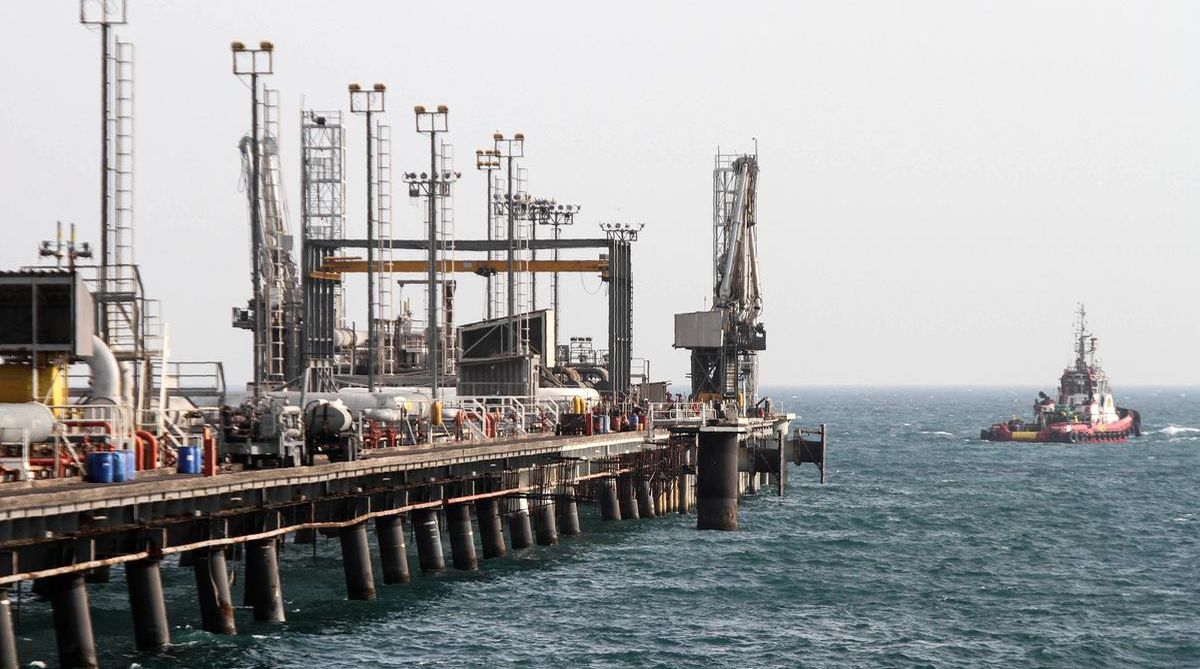The US has agreed to let eight countries – including India, Japan and South Korea – keep buying Iranian oil after it reimposes sanctions on Tehran on November 5, a senior administration official said.
Iran’s biggest oil customers – all in Asia – have been seeking sanctions waivers to allow them to still buy some of its oil.
India on Thursday said it was engaged with the US, Iran and other stakeholders on the issue of American sanctions on the import of Iranian oil, amid indications that the Trump administration may grant New Delhi waiver from punitive measures.
Asked about reports that the US was going to grant India waiver from the Iran sanctions, Spokesperson in the Ministry of External Affairs Raveesh Kumar had said that the government has not heard anything from Washington.
The US had told India and other countries to cut oil imports from the Gulf nation to “zero” by November 4 or face sanctions.
India has held several rounds of conversations with the US, Iran and other stakeholders on the issue.
“As far as the US is concerned, they are well aware of our expectations of the requirement of oil which is very critical for sustaining our domestic growth. We continue to engage with the US and other stakeholders to ensure that our energy security is not compromised,” Kumar said during a media briefing.
Recently, senior US officials were in India for talks on the issue. However, US officials are tight-lipped on the issue.
In May, the US brought back sanctions on Iran after withdrawing from the Iran nuclear deal which was struck in 2015.
In an attempt to compel Iran to agree to a new accord, Trump reinstated sanctions that targeted the Iranian government’s purchase of US dollars, Iran’s trade in gold and other precious metals, and its automotive sector.
On November 4, the second batch of potentially more crippling sanctions will be re-imposed on Iran oil and shipping sectors as well as its central bank.
Iran is India’s third-largest oil supplier after Iraq and Saudi Arabia. Iran supplied 18.4 million tonnes of crude oil between April 2017 and January 2018 (first 10 months of fiscal 2017-18).
(With agency inputs)












